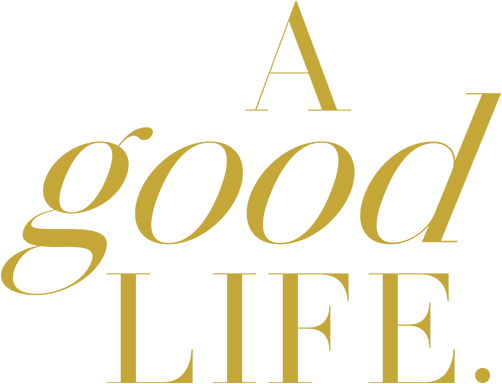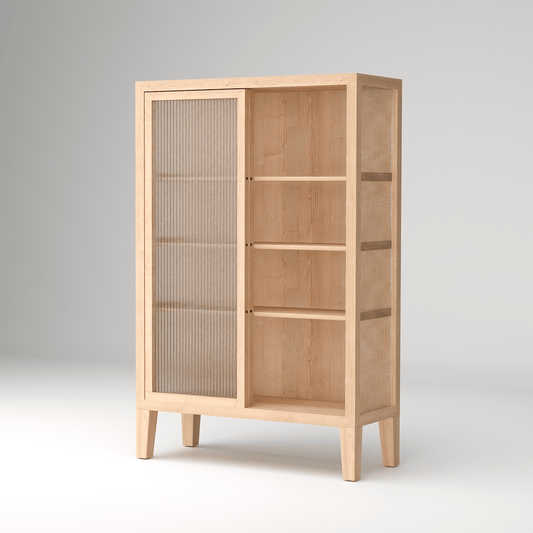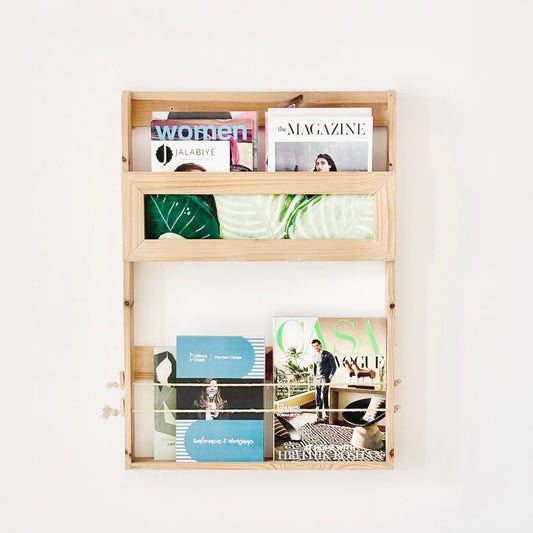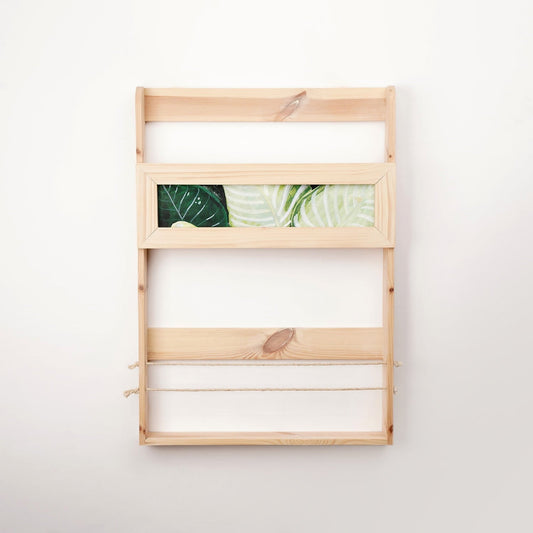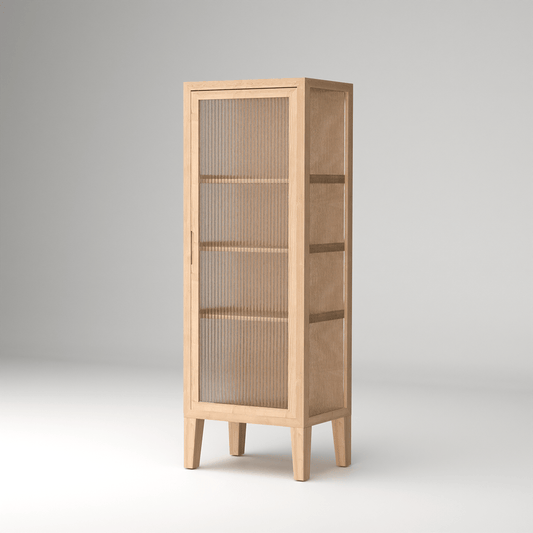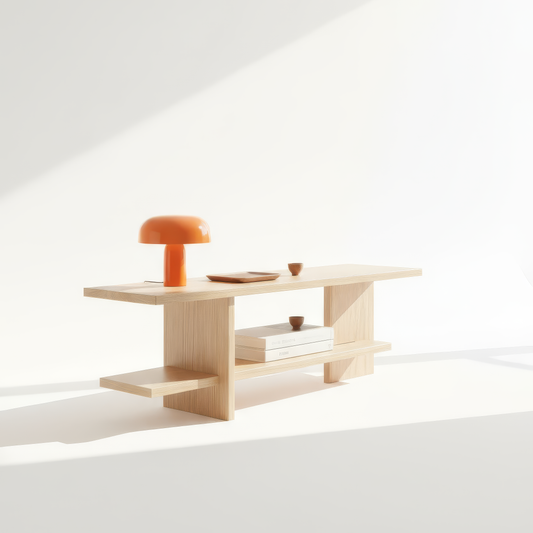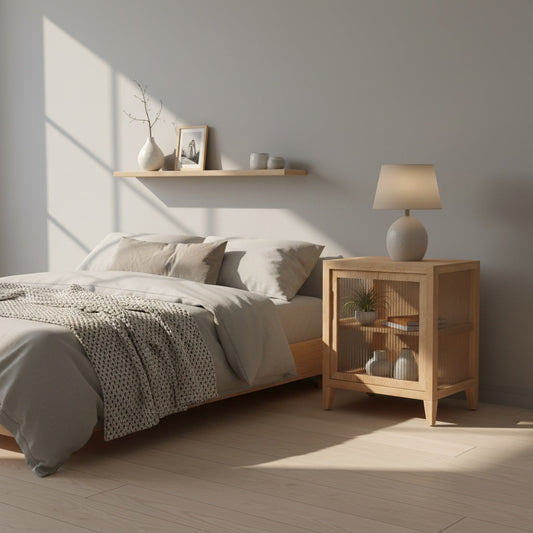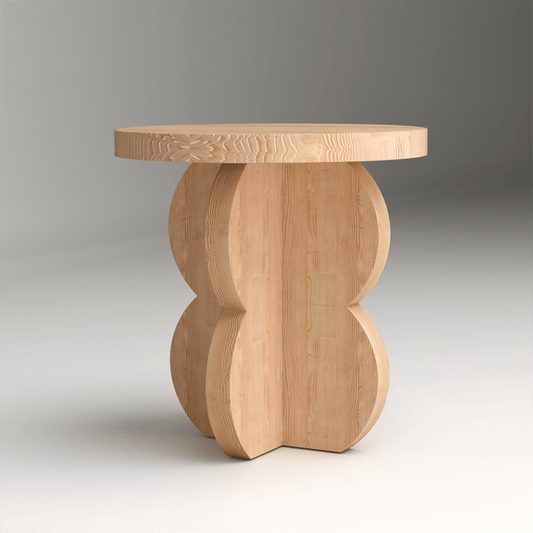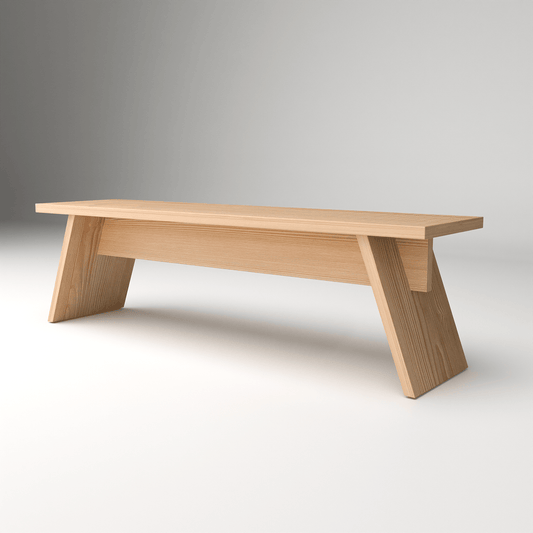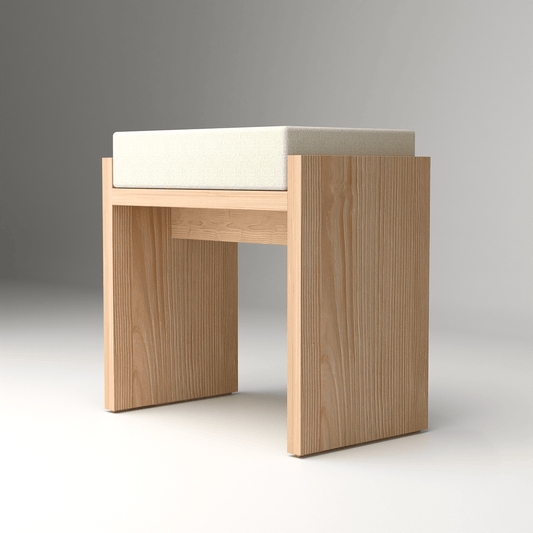The Scandinavian design forecast for 2025 reveals a dramatic shift toward plush textures and cozy vibes that fundamentally transforms how we experience Nordic interiors. This evolution represents the movement's most significant departure from its minimalist roots, embracing tactile richness and emotional warmth while maintaining the clean aesthetic principles that define Scandinavian style.
This transformation reflects our deeper understanding of how texture and comfort impact our daily well-being. At A Good Life, we've embraced this textural revolution, creating handcrafted pine wood furniture that serves as the perfect foundation for layering the plush textures and cozy elements that define 2025 Scandinavian design.
The Texture Revolution in Nordic Design
Understanding the 2025 texture forecast requires appreciating how dramatically Scandinavian design has evolved from its stark, texture-averse origins to today's embrace of tactile richness.
From Smooth to Sensory
Traditional Scandinavian design prioritized smooth, uniform surfaces that created visual calm through textural restraint. The 2025 forecast reveals a movement toward "sensory minimalism"—spaces that maintain visual simplicity while engaging multiple senses through thoughtful textural layering.
This shift acknowledges that true comfort comes not just from visual harmony but from creating environments that feel as good as they look.
The Psychology of Plush
Research in environmental psychology has revealed the profound impact that texture has on our emotional state and stress levels. Plush textures trigger positive psychological responses that:
-
Reduce cortisol levels and promote relaxation
-
Create feelings of safety and comfort
-
Encourage social interaction and lingering
-
Support better sleep and recovery
-
Enhance overall life satisfaction
Foundational Textures: Building the Base
The 2025 Scandinavian approach to texture begins with foundational elements that provide the calm base necessary for successful layering.
Wood as Textural Foundation
Natural wood, particularly pine, serves as the primary textural foundation in 2025 Scandinavian design. However, the approach to wood textures has evolved significantly.
Natural Grain Celebration: Rather than hiding wood grain, 2025 design celebrates the natural patterns and variations that make each piece unique.
Surface Variety: Mixing smooth-sanded surfaces with more textured, brushed, or naturally weathered finishes.
Aging Appreciation: Embracing the patina and character marks that develop over time rather than maintaining pristine surfaces.
Our Solid Pinewood Still Nightstand exemplifies this foundational approach, showcasing the natural beauty of pine grain while providing the smooth, stable surface necessary for layering additional textures. The piece's honest construction and visible wood character create the perfect base for the plush elements that define 2025 design.
Textile Integration: The Plush Layer
The most dramatic change in 2025 Scandinavian design is the sophisticated integration of plush textiles that add comfort without compromising the movement's essential clarity.
Strategic Textile Placement
Seating Comfort: Plush cushions and throws that transform minimal seating into inviting comfort zones.
Floor Warmth: Area rugs with substantial pile that add both visual and physical warmth to clean-lined spaces.
Window Softening: Curtains and blinds in natural fibers that filter light while adding textural interest.
Bed Luxury: Layered bedding in natural materials that creates hotel-like comfort in minimal bedroom settings.
Textile Material Preferences
Natural Fibers: Wool, linen, cotton, and silk in their unprocessed states that age beautifully and feel wonderful to touch.
Organic Weaves: Textures that showcase the natural variations and irregularities of handwoven or loosely woven materials.
Seasonal Adaptability: Textiles that can be layered or removed to respond to changing comfort needs throughout the year.
Sustainable Sources: Materials sourced and produced using environmentally responsible methods.
Color and Texture Interaction
The 2025 forecast reveals sophisticated approaches to combining color and texture that create visual depth while maintaining Nordic restraint.
Tonal Texture Layering
Monochromatic Depth: Using different textures in similar colors to create visual interest without color complexity.
Natural Variation: Celebrating the subtle color variations that occur naturally in materials like wool and linen.
Seasonal Shifts: Adjusting both color and texture seasonally to maintain freshness and respond to changing light conditions.
Accent Integration: Using texture to integrate accent colors in ways that feel natural and unforced.
Furniture Design: Texture-Forward Thinking
2025 Scandinavian furniture design incorporates texture as a primary design element rather than an afterthought.
Textural Furniture Elements
Mixed Materials: Combining different materials within single pieces to create textural interest and functional variety.
Surface Treatments: Using brushing, sanding, and other techniques to create varied surface textures on wood pieces.
Upholstery Integration: Incorporating soft elements into traditionally hard furniture categories.
Hardware Texture: Choosing handles, pulls, and other hardware that add tactile interest.
For storage solutions that embrace textural thinking, consider our Wabi Sabi Wooden Moon Shelf. This piece celebrates the natural imperfections and textural variations that occur in handcrafted pine wood, creating a display surface that adds visual and tactile interest while maintaining the clean lines essential to Scandinavian design.
Lighting and Texture Interaction
The relationship between lighting and texture becomes crucial in 2025 Scandinavian design, with lighting choices specifically made to enhance textural elements.
Texture-Enhancing Lighting Strategies
Grazing Light: Side lighting that emphasizes surface textures and creates dramatic shadows.
Warm Temperatures: 2700K-3000K lighting that enhances the warmth of natural materials and plush textiles.
Layered Sources: Multiple light sources that reveal different textural aspects throughout the day.
Natural Light Optimization: Strategic placement that allows natural light to showcase textural elements.
Accent Lighting: Focused lighting that highlights specific textural features or materials.
Seasonal Texture Adaptation
The 2025 approach to Scandinavian texture embraces seasonal changes as opportunities to refresh and adapt spaces.
Seasonal Texture Strategies
Winter Plushness: Heavier, warmer textures that create psychological warmth during darker months.
Spring Freshening: Lighter textures and increased natural elements that reflect seasonal renewal.
Summer Minimalism: Reduced textile layers and emphasis on natural material textures.
Autumn Preparation: Gradual introduction of warmer, more substantial textures as daylight decreases.
Maintenance and Care for Textural Elements
Successfully incorporating plush textures into Scandinavian design requires understanding how to maintain these elements while preserving their comfort and beauty.
Textile Care Strategies
Natural Cleaning: Using gentle, natural cleaning methods that preserve fiber integrity and texture.
Rotation Systems: Changing and rotating textiles to prevent excessive wear and maintain freshness.
Professional Care: Knowing when to seek professional cleaning for valuable or delicate textural elements.
Storage Solutions: Proper storage for seasonal textiles that maintains their texture and prevents damage.
Replacement Planning: Understanding the lifecycle of different textural elements and planning for renewal.
Budget-Friendly Texture Integration
Creating the plush, textural look of 2025 Scandinavian design doesn't require expensive overhauls.
Affordable Texture Strategies
Textile Focus: Starting with throws, pillows, and rugs that can immediately transform a space's textural appeal.
DIY Elements: Creating handmade textural elements that add personal touch and authentic craftsmanship feel.
Seasonal Updates: Using seasonal textile changes to maintain freshness without major investment.
Natural Elements: Incorporating plants, stones, and other natural elements that add texture at minimal cost.
Thrift and Vintage: Finding quality vintage textiles that add character and sustainability to the space.
Technology and Texture Balance
Modern Scandinavian design must balance the desire for plush textures with the reality of technology integration.
Smart Texture Integration
Hidden Technology: Concealing necessary technology within textural elements to maintain aesthetic integrity.
Wireless Solutions: Reducing cable clutter that can disrupt textural layering.
Smart Textiles: Incorporating textiles with built-in technology that enhances comfort without visible complexity.
Climate Control: Using smart systems to maintain optimal conditions for both comfort and textile preservation.
Health and Wellness Through Texture
The 2025 focus on plush textures aligns with growing understanding of how tactile environments impact physical and mental health.
Wellness Benefits of Textural Design
Stress Reduction: Soft textures that promote relaxation and reduce anxiety.
Sleep Quality: Bedroom textures that support better rest and recovery.
Social Connection: Comfortable textural environments that encourage gathering and conversation.
Sensory Stimulation: Appropriate tactile stimulation that supports cognitive function and emotional well-being.
Allergy Considerations: Choosing natural, hypoallergenic textures that support rather than compromise health.
Our Wooden Towel Shelf for Bathroom demonstrates how even utilitarian spaces can benefit from textural thinking. The natural pine wood provides visual and tactile warmth in typically sterile bathroom environments, while the practical design supports the plush towels and textiles that make daily routines more comfortable.
The Future of Scandinavian Texture
Looking beyond 2025, the trend toward textural richness in Scandinavian design will likely continue evolving.
Emerging Textural Trends
Sustainable Luxury: High-quality, sustainable materials that provide luxury feel without environmental compromise.
Adaptive Textures: Materials that change properties based on temperature, humidity, or user needs.
Biophilic Textures: Increased integration of natural textures that connect inhabitants to outdoor environments.
Cultural Integration: Incorporation of textural traditions from other cultures within Scandinavian frameworks.
Technology Enhancement: Smart textiles that provide additional functionality while maintaining comfort and beauty.
Implementation Guide for Textural Scandinavian Design
Successfully creating the plush, cozy aesthetic of 2025 Scandinavian design requires strategic planning and gradual implementation.
Step-by-Step Texture Integration
Foundation Assessment: Evaluate existing furniture and surfaces for their textural potential and compatibility.
Priority Planning: Identify which textural additions will have the greatest impact on daily comfort and visual appeal.
Quality Investment: Choose key textural elements that will provide long-term satisfaction and durability.
Layering Strategy: Plan how different textures will work together to create depth without visual chaos.
Maintenance Planning: Consider the care requirements of different textural elements before making selections.
The 2025 Scandinavian design forecast reveals a movement that has matured beyond simple minimalism to embrace the full spectrum of human comfort needs. By incorporating plush textures and cozy vibes while maintaining essential Nordic principles, this evolution offers a blueprint for creating spaces that are both visually stunning and deeply comfortable.
This textural revolution acknowledges that our homes should engage all our senses, providing not just visual beauty but tactile pleasure that supports our daily well-being. As Scandinavian design continues to evolve, this multi-sensory approach will likely become even more sophisticated, offering new ways to create spaces that truly embody the good life.
